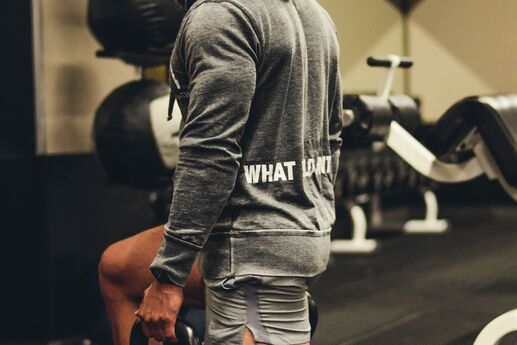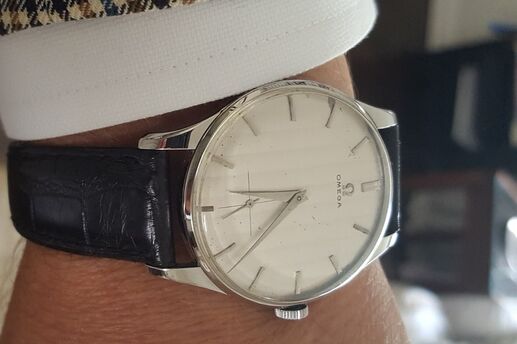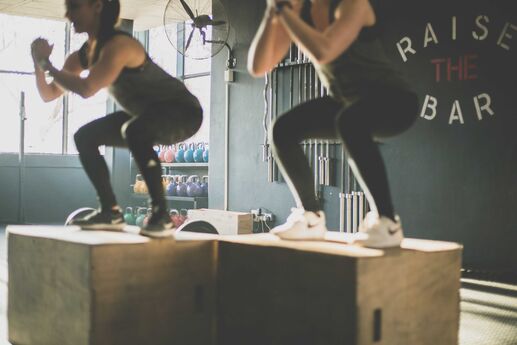Do Tabata Workouts Really Work?
Most of us by now have heard of the Tabata workout. This is a Japanese style high-impact cardio fitness exercise program that promises to reduce fat and increase muscle mass. It is designed for people with busy lifestyles and not a whole lot of time to go to the gym for a typical workout. It requires no equipment, and very little time. You can complete a Tabata workout in about 4 minutes with just yourself and a small area to move around. But does the Tabata workout really burned fat as promised? Let's take a look.
What is Tabata?
Tabata is a series of short 20 to 40 second high impact calisthenic workout segments or intervals, with 10 second rests in between. These calisthenics and movement exercises include jumping jacks, lunges, squats, push ups, elbow push ups, crunches, ab twists, planks, climbing, chairs, horizontal climbing, and similar cardio and strength exercises. Here is an example of a beginner Tabata workout. The idea here is to work your core, arm, shoulder and leg muscles while getting your heart rate up over 100 in a short period of time. A lot of keto diets include a Tabata component as part of their regimen, because Tabata with its strength and cardio, can help the carbohydrate deprived body into burning fat.
The truth is, a carbohydrate starved body doesn't have a whole lot of energy. So the Tabata workout is an excellent complement to a low-carb, Keto diet to lose fat. Tabata keeps the body moving, engages muscle tissue, and gets the hearts rate up. We like to see a heart rate over 140 for 5 minutes for people aged 18 to 30, 120 BPM for people aged 30 to 40, and 100 for people over 40. Of course, if you have have specific health considerations, adjust your dietary and Tabata habits accordingly. Tabata is a great way to keep the body moving, strengthen certain muscle areas and condition your heart.
But Does it Work?
In our experience, the Tabata workout is an great supplement to a low carbohydrate keto weight loss diet. One great advantage to Tabata is the ease and speed in which it can be done. You only need about 10 square feet of space, which could be in the TV room while watching the news, or the kitchen while you wait for your coffee to brew. No matter what, if you stay disciplined about it, Tabata can be a great addition to your overall health regimen. So the answer to the question does Tabata work? Well, yes and no. Alone, the Tabata workout program won't help in weight loss. But, if it's used in conjunction with a low carb keto diet, it will help the body burn fat. It will also help to get your heart rate up, improve your cardio and lung capacity, strengthen muscles and improve balance. Give Tabata a try!
Photo by Michael DeMoya on Unsplash






